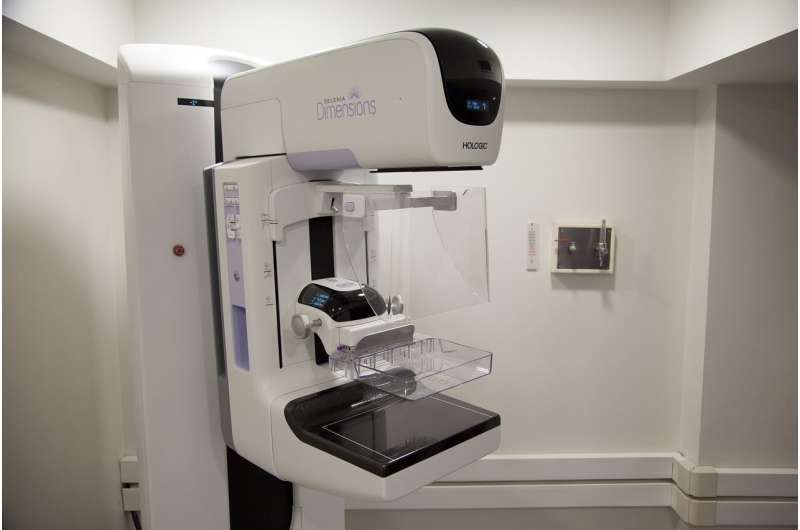Breast Tumors Exploit Fat Cells for Growth: Can We Halt This Process?

UCSF researchers reveal how aggressive breast tumors hijack nearby fat cells by forming molecular tunnels to access energy, offering new potential for targeted therapies.
Recent research from UCSF has uncovered a troubling mechanism by which aggressive breast cancers, particularly triple-negative types, hijack surrounding fat cells to fuel their growth. Scientists observed that tumor cells form molecular bridges known as gap junctions into nearby fat cells. Through these connections, the cancer cells send signals that prompt fat cells to release stored energy, which then nourishes and accelerates tumor development. Remarkably, when these gap junctions are blocked experimentally, tumor growth significantly slows down, providing a promising target for future therapies.
The study involved analyzing breast cancer tissues from patients and laboratory models, revealing that tumor cells actively manipulate the fat environment to their advantage. As tumors expand, the fat cells around them shrink—a sign of energy exploitation. These findings suggest that interrupting the communication channels between cancer cells and adipocytes could serve as an effective strategy against the deadliest breast cancer forms.
Currently, drugs that inhibit gap junctions are being tested in clinical trials for brain cancer, raising hope that similar approaches could be adapted for breast cancer treatment. This discovery offers a vital insight into cancer biology and opens avenues for developing therapies that can starve tumors by cutting off their energy supply.
Overall, this research highlights the importance of understanding tumor interactions with the surrounding tissue and suggests that targeting these interactions could help halt the progression of aggressive breast cancers.
Stay Updated with Mia's Feed
Get the latest health & wellness insights delivered straight to your inbox.
Related Articles
REM Sleep Suppression Medication Linked to Improved Survival in ALS Patients
New research suggests that medications suppressing REM sleep may increase survival chances for ALS patients, offering a novel approach for neurodegenerative disease management.
Midea Issues Recall for 1.7 Million Air Conditioning Units Due to Mold Risk
Midea is recalling over 1.7 million window air conditioners due to potential mold growth caused by drainage issues, posing health risks such as respiratory infections. Find out if your unit is affected and how to get a refund or repair.
Artificial Intelligence Enhances Early Detection of Breast Tumors in Screening Programs
Artificial intelligence improves early detection of breast tumors in screening programs, surpassing traditional radiologist reviews and promising better patient outcomes.



